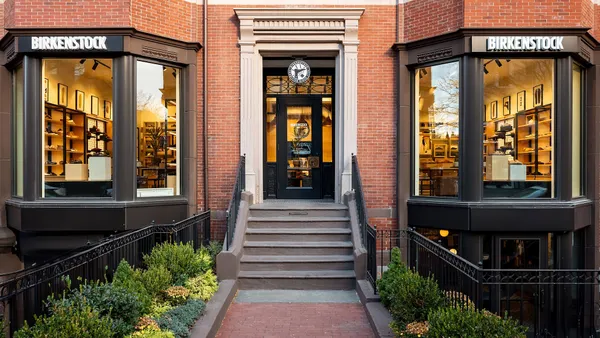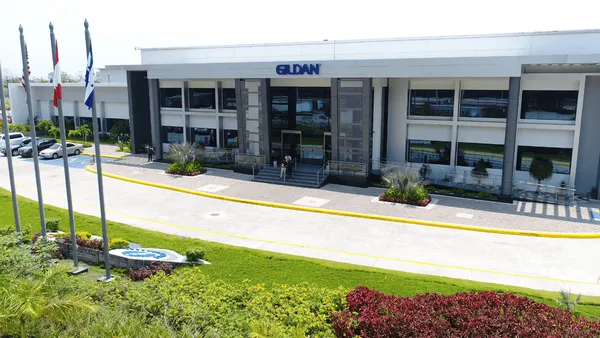Dive Brief:
- Days after Amazon announced a $13.7 billion agreement to acquire Whole Foods Market, the grocer’s CEO, John Mackey, suggested it might spin off a new brand of stores that veers from the grocer's traditional operating model and core customers.
-
At a town hall meeting, according to a transcript filed with the Securities and Exchange Commission, Mackey told employees the company may create other formats that fall outside of Whole Foods standards.
- Mackey added that there would be executive changes at Whole Foods but that he didn’t think they would be “forced on us” by Amazon. He said employees could expect cultural changes at the grocer as well, but provided his staff with few specifics of changes to come other than that the company would adopt Amazon’s relentlessly “customer-centric” approach.
Dive Insight:
In his address, Mackey hinted at his answer to one of the big questions hanging over the Amazon-Whole Foods merger. That is: How will the high-priced specialty and organic grocer’s model fit in with Amazon’s generally low-price focus and desire to be the “everything store”?
Spinning off a separate brand and using Amazon’s technology and customer data, while leveraging Whole Foods’ logistics infrastructure and knowledge of the grocery industry could help keep the grocer's flagship brand pure with its core customers while letting Amazon capitalize on its grocery ambitions. Such a split would also allow Amazon to look past the high- and middle-income consumers that shop at Whole Foods and take a run at the U.S. grocery giant and its primary rival: Walmart.
Walmart is the nation’s largest seller of groceries with category sales of $170 billion last year, and retail giant has found that the category is key to driving store visits and customer loyalty. Amazon knows this, and its acquisition of Whole Foods is among other things an acknowledgment that the e-commerce giant needs a brick-and-mortar footprint to compete in the grocery space. Meanwhile, Walmart, quite comfortable in physical retail where it has outsold its rivals for years, has been trying to up its e-commerce game with Amazon, most notably through its multi-billion dollar acquisition of Jet.
“This puts massive pressure on Walmart to have Jet fulfill grocery out of Walmart stores, but they need drivers to do this,” Deliv CEO Daphne Carmel said in an email to Retail Dive. “Does this mean that Walmart could swoop up Instacart in retaliation?” (Whole Foods is an investor in Instacart, which provides curbside pick-up and delivery services for retailers including Whole Foods.)
Whole Foods has already experimented with new formats, including its smaller 365 stores aimed at winning over millennials, who have migrated more to urban areas and tend to be more cost conscious than previous generations. Amazon’s resources and technology might help expand those stores, some analysts say.
“Amazon is known to scale experiments very quickly. It remains to be seen what Amazon’s growth plans will be for Whole Foods. The company didn’t say which banner, Whole Foods Market or 365 by Whole Foods, would lead that growth,” Michelle Grant, head of retailing at Euromonitor, wrote to Retail Dive in an email. “I think that where Amazon may add the most value is to speed up the process of perfecting the 365 by Whole Foods model and scaling it quickly thanks to its greater resources. This would be the way that Amazon and Whole Foods expands into the mid-to-low income shopper households.”












